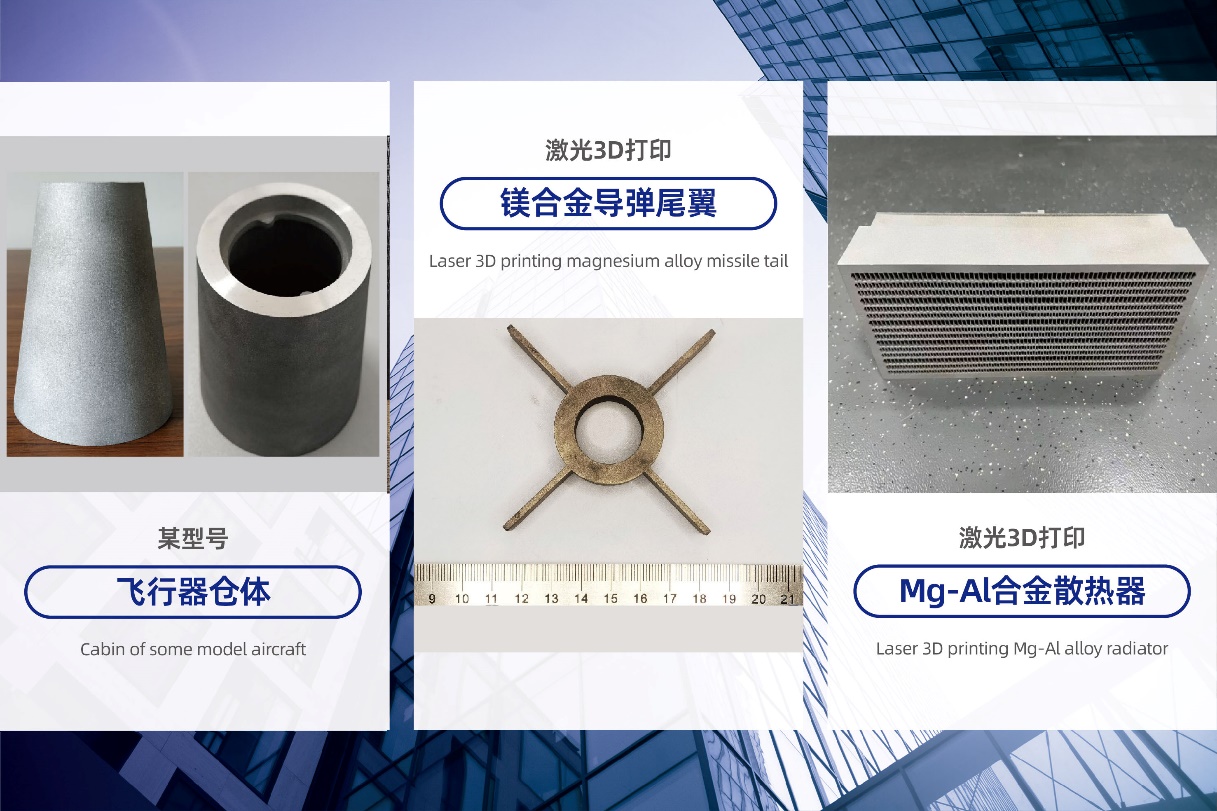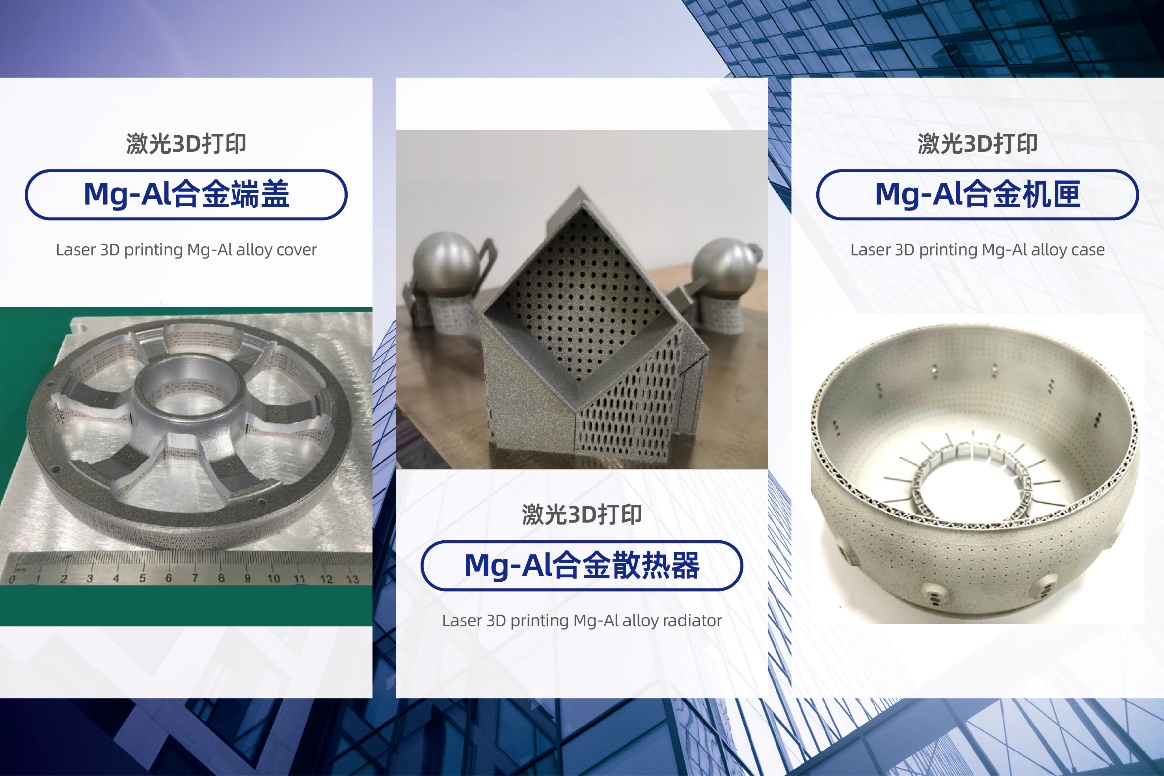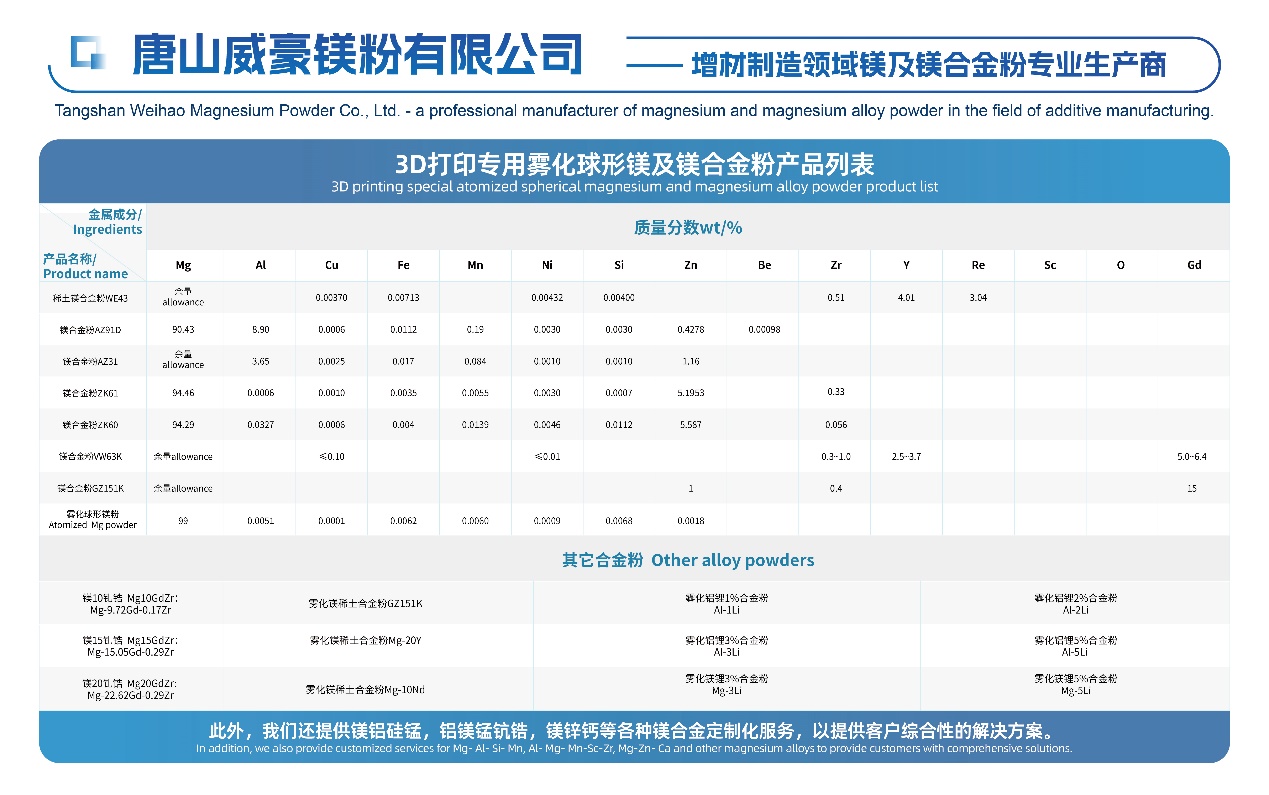2025-07-15
Transformative Significance of Metal Powder Additive Manufacturing in the Aerospace Sector
Metal Powder Additive Manufacturing (MPAM), as a representative of advanced manufacturing technologies, is profoundly reshaping the design, production, and maintenance paradigms of the aerospace industry. Its layer-by-layer deposition of metal powders to form complex structures provides lightweight, high-performance, and rapid-response solutions for aerospace applications.

1. **Integrated Forming of Complex Structures**
Traditional cutting or casting processes struggle to achieve topologically optimized structures (e.g., lattice cores, internal channels). In contrast, metal powder additive manufacturing techniques such as Selective Laser Melting (SLM) or Electron Beam Melting (EBM) enable the rapid near-net shaping of large, high-performance complex metal components. This represents a "transformative" green and low-carbon manufacturing technology.
2. **Material Performance and Lightweighting**
The rapid melting and solidification of metal powders result in fine-grained microstructures, improving strength by 10%-15% compared to conventional methods. Iron-based alloys, nickel-based alloys, titanium alloys, and aluminum alloys are widely used in aerospace for satellites, rockets, aircraft, and weapon systems, driving rapid expansion in the additive manufacturing metal materials market. Magnesium alloys, as the lightest structural metallic materials, offer unique advantages in metal powder AM. Their exceptional strength-to-weight ratio, biocompatibility, and damping properties, combined with AM's design freedom, bring revolutionary breakthroughs to aerospace.
3. **Supply Chain Efficiency Enhancement**
Traditional manufacturing techniques for aerospace metal components—such as casting, forging, welding, and machining—often require heavy equipment and large tooling. These methods face challenges like high technical difficulty, significant material waste, low utilization rates, long production cycles, and high costs. Metal powder additive manufacturing reduces raw material waste by over 90% and significantly shortens lead times, dramatically improving supply chain efficiency.
Metal powder additive manufacturing is driving a paradigm shift in the aerospace industry—from "subtractive manufacturing" to "design-driven manufacturing." With advancements in material innovation, process standardization, and intelligent upgrades, this technology will further unlock its potential, becoming a core pillar for next-generation aircraft development.

As the primary drafting unit of the “National Standard for Magnesium and Magnesium Alloy Powders for Additive Manufacturing“, Tangshan Wei Hao Magnesium Powder Co., Ltd. has established itself as a benchmark enterprise in China's metal AM materials sector, leveraging over two decades of expertise in atomized magnesium powder R&D and production. Supported by core patented technology (Method and Device for Producing Nanocrystalline High-Purity Spherical Magnesium Alloy Powder, Patent No.: ZL 2011 1 0068379.6), the company collaborates with leading domestic research institutions to develop high-performance magnesium alloy powders tailored for AM, making significant strides toward industrial application.

If your organization is committed to innovation in metal 3D printing technology, welcome to contact us for:
✅ **Customized magnesium alloy powder solutions**
✅ **Additive manufacturing process support**
✅ **Joint R&D project collaboration**
For more information, visit our website www.tswhmf.com or leave us a message via info@tswhmf.com.
Related information

